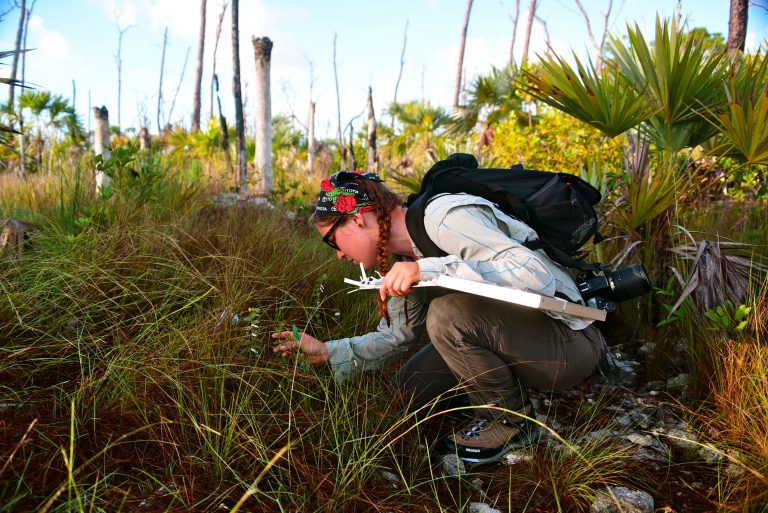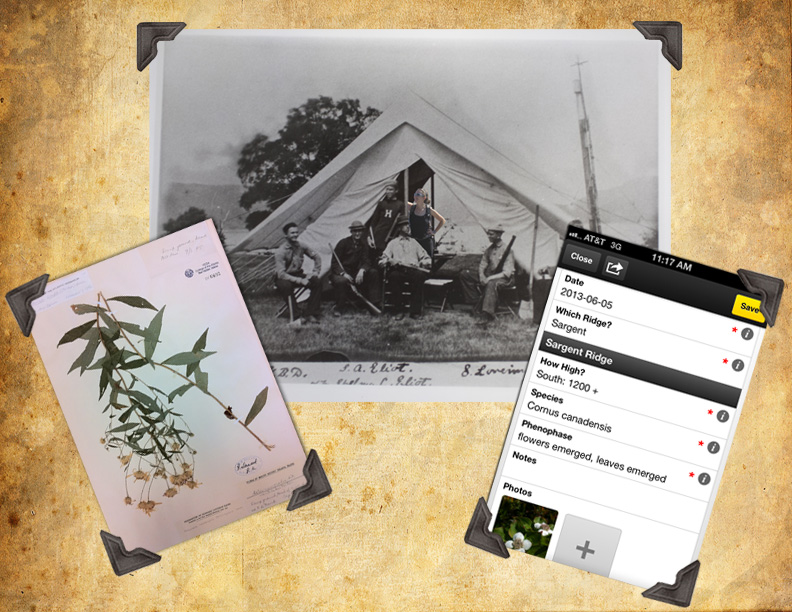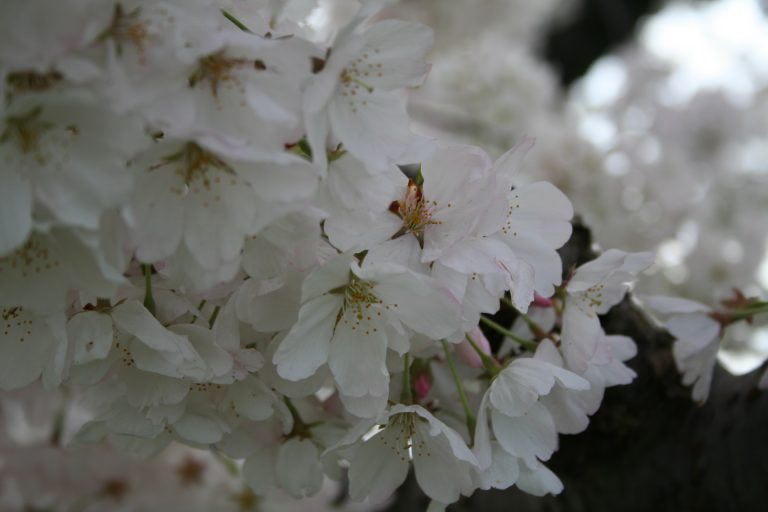No love for the lady ginkgos
Washington DC Department of Urban Forestry nips stinky seeds in the bud By Liza Lester, ESA communications officer. A male Gingko biloba in Lafayette Park, flanking the White House. Credit, Liza Lester April, 2012. As an urban arboreal companion, the ginkgo has much to recommend it. Its tall branches bring welcome summer shade, the fans of its leaves turn a…


